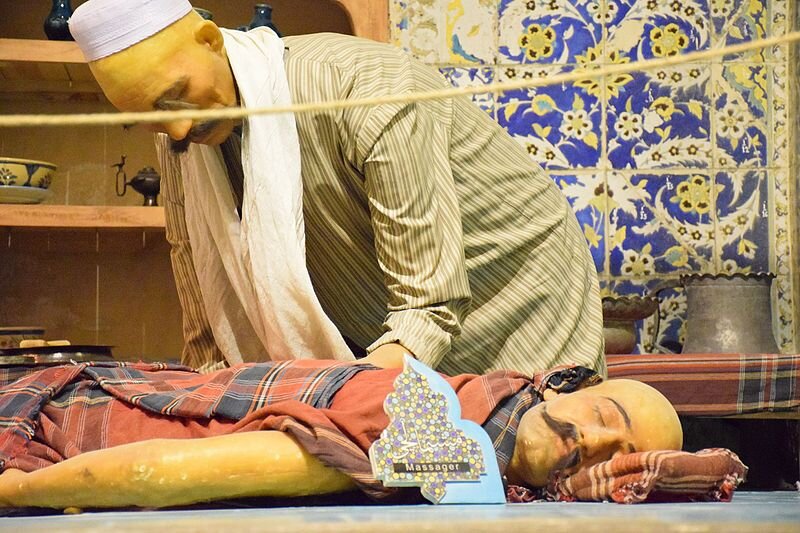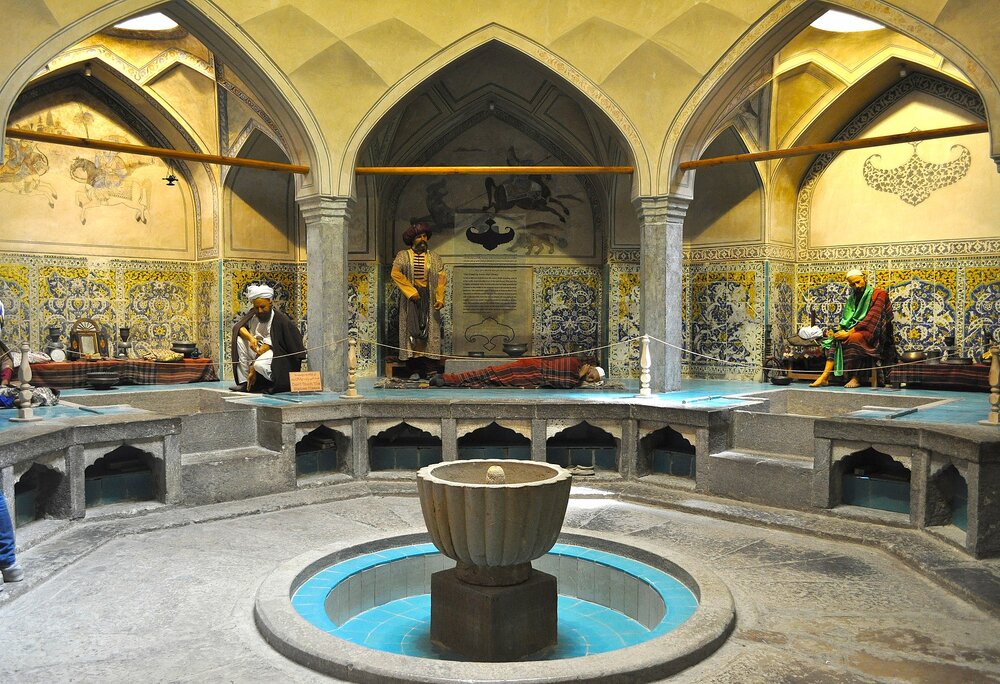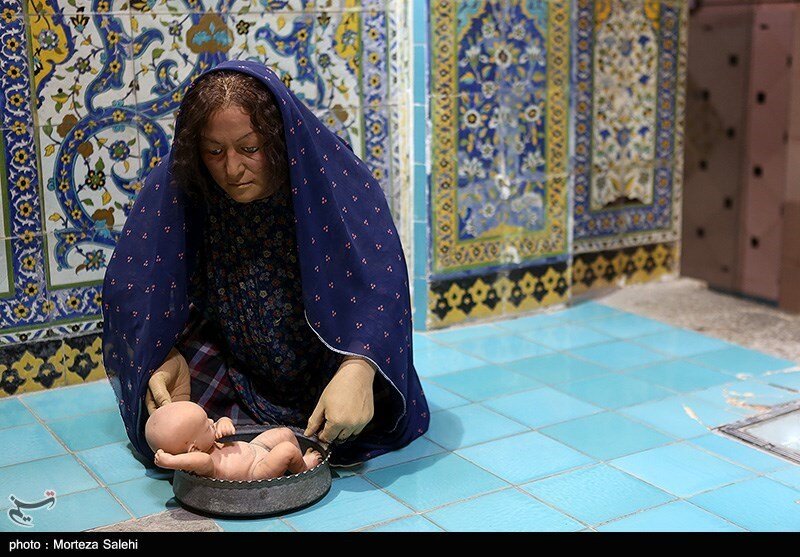After centuries, Isfahan bathhouse is still a hot spot

TEHRAN - Isfahan, a stunning ancient city, is home to the Ali Quli Aqa Hammam, a traditional bath that also doubles as an anthropology museum.
In this location, there are wax figures of the locals performing the steps of this vital daily ritual, such as bathing, as well as other associated routines.
In earlier times, bathhouses or hammams were also venues where people socialized, and shared humor and news; a peaceful place for exchanging views about politics and everyday life.
The bathhouse is named after Ali Quli Aqa who served as a courtier to King Soleiman and King Sultan Hossein of the Safavid dynasty. In 1713 CE, it was finished being built.
There are two main bath halls in this charming place — the larger and the smaller one — each having a small pool inside, and they are both built in the style of Isfahan architecture. Because the Serbine (locker room) and Garm Khane (the main area of the bath where you can clean yourself) in both baths are separate, both men and women can use the bath at the same time.
People stayed in the warm house to relax and wash up. Because of the magnificent heating system of the bath, the floor was always warm to the degree that one would never feel their feet getting cold once walking around the bath.

This place was designed in a way that when the beams of light glow into the building, the ceramics and tiles will reflect the lights beautifully.
The entrance of Ali Quli Aqa Public Bath has an octagonal design, which is traditionally called “Hashti” (having eight angles). This form of architecture is one of the hallmarks of Islamic architectural design.
It reflects the architectural standards of the late Safavid era, which include having a dome-shaped roof, tilted walls that were covered with beautiful ceramic tiles that glorified Persian patterns, and a magnificent lighting system that would allow the entire public bath to fill the entire structure with natural light. Keeping the entire bath filled with light was not an easy task.
This reflection of light in multiple mirrors, each of which reflected the other, kept the entire structure bright and filled with light. One of the most important factors about inserting these mirrors into the wall was that they only reflected the light from the outside to the inside and not from the inside to the outside.
On the various parts of the bath, some white stones have been carved on the surface in a way to create a layered structure. These stones were used as a massage tools; people would use them to scratch their backs and to feel relaxed. These stones were placed next to the water pools in a vertical pattern.

The visitors would then lean their backs to them, and the hot water would pour down straightly on their backs, which made these structures the precedents of modern massage chairs.
Since 2005, the bathhouse has turned into an anthropological museum that welcomes visitors from all corners of the world each year. Visiting this public path gives one valuable insight into the people who lived during the Safavid era.
Ali Quli Aqa Hammam is almost in the center of majestic Isfahan, or as people call it, half of the world. Therefore, there are numerous tourist attractions around, including the main ones. Chehel Sotoun Palace, UNESCO World Heritage Naghsh-e Jahan Square (consisting of Ali Qapu, Imam Mosque, Sheikh Lotfollah Mosque, and Qeysarieh Gate), Hasht Behesht Palace, Natural History Museum of Isfahan, Contemporary Art Museum of Isfahan, and Atiq Jameh Mosque of Isfahan are some of these places. If you go a little more southward, you can visit Si-o-Se Pol, Khaju Bridge, and Vank Cathedral as well.
AFM
Leave a Comment